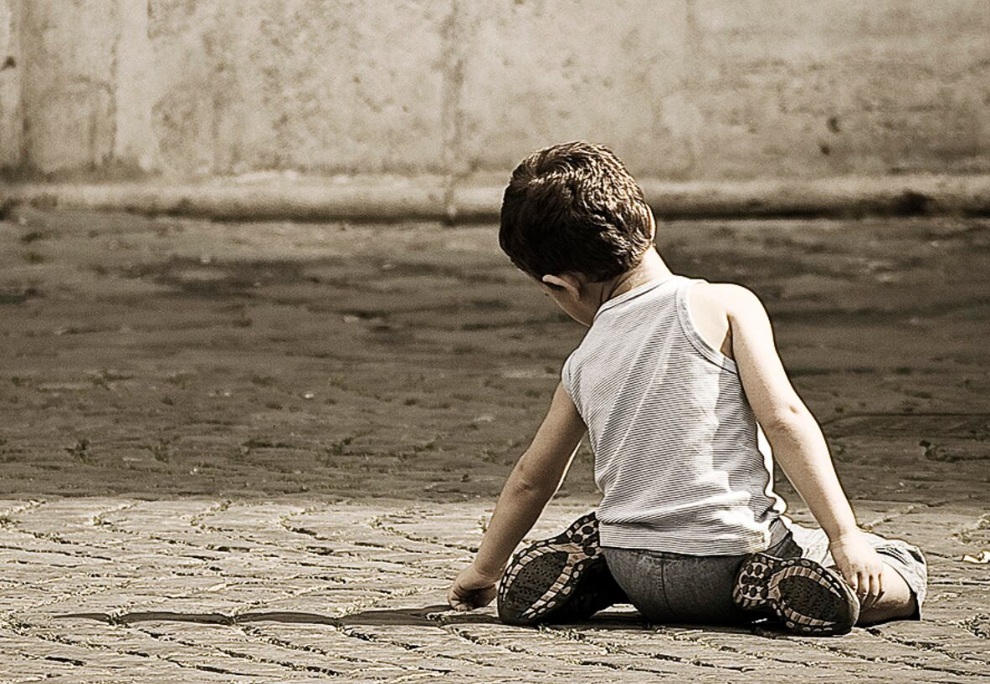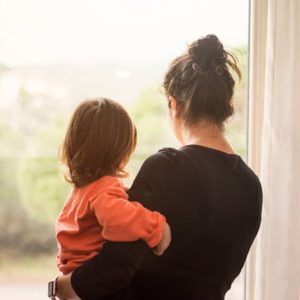More than one in four children under 16 in Italy live at risk of poverty or social exclusion, according to new data released by national statistics agency ISTAT. The 2024 survey, part of Italy’s Annual Study on Income and Living Conditions, reveals that regional inequality, family structure, and parental education remain key factors behind children’s living standards.
Nationally, 26.7% of minors face the risk of poverty or social exclusion. The situation is far worse in Southern Italy and the Islands, where the rate rises to 43.6%. In contrast, the North sees a significantly lower figure of 14.3%.
The report defines “at risk of poverty or social exclusion” as falling into at least one of three categories: low income, severe material and social deprivation, or low work intensity in the household.
Family structure and education deepen disparities
Children living with a single parent face greater risks. If there are two or more children in the household, the poverty risk rises to 53.3%. Even with one child, the risk is 38.3%. By comparison, children living with two parents and no siblings face a much lower rate of 18.1%.
Parental education also plays a decisive role. More than half of minors (51.8%) whose parents have only a lower secondary school qualification are at risk, compared to just 10.3% when at least one parent has a university degree.
The findings confirm a strong link between educational disadvantage and economic vulnerability, both in childhood and later life. In Italy, adults who grew up in households with financial hardship face a 34% poverty risk, far above the 14.4% risk for those raised in more secure environments.
Foreign minors face greater risks
Children with foreign citizenship are significantly more exposed to poverty or exclusion. Nationally, 43.6% of foreign minors are at risk, compared to 23.5% of Italians. The gap widens dramatically in the South, where 78.2% of foreign minors are affected, versus 40.9% of Italians.
While the percentage of foreign minors at risk has doubled since 2021, they now account for nearly 12% of all minors at risk in the North.
Material deprivation and food insecurity
While the share of minors facing material and social deprivation has dropped slightly since 2021, 11.7% still experience at least three forms of deprivation, such as the inability to participate in social activities or access basic goods. About 4.9% of children experience food insecurity, with the highest rates again recorded in the South (8.9%).
Families with children under 16 are more likely to face housing costs, such as mortgage payments (22.7%) or rent (23.6%), contributing to financial pressure.
Some progress since 2021
Despite stark challenges, ISTAT notes some improvement since 2021. The overall risk of poverty or social exclusion among minors has dropped by 3 percentage points, especially in the North. The proportion of children living in households with low work intensity also fell from 7.6% to 6.7%.
However, severe material deprivation – defined as meeting at least 7 of 13 hardship criteria – rose slightly to 6.1%, and poverty risk among single-parent families has worsened.
The 2024 data reaffirms that family income, parental education, and regional inequality remain central to the well-being of children in Italy. Nearly half of all minors facing poverty or exclusion live in Southern Italy, and most are Italian nationals.
Also read: Single mothers struggle in Italy – Save the Children report





